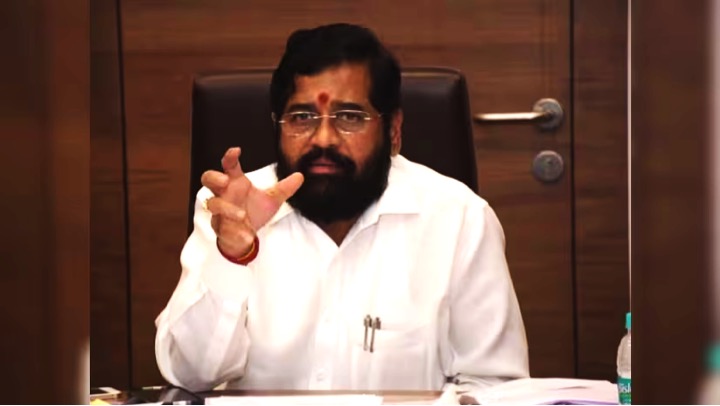Chief Minister Yogi Adityanath reviewed the working of the animal husbandry department to work out ways in which UP’s milk production can be increased. The state government is working on setting up new dairy plants in Kanpur, Moradabad, Gorakhpur, Azamgarh and Prayagraj districts with the help of the private sector. The CM also focused on the need to work on breed improvement programmes to get a better yield of milk per animal.
During the meeting, the CM emphasised on the need to create more milk committees in all districts where he said the role of women could be important. Talking about the impact of the Nand Baba Milk Mission scheme, implemented to provide milk producers the facility of selling their milk at a reasonable price in villages through milk co-operative societies, the CM said that more milk producers should be involved in the scheme.
“E-commerce portal paragdairy.com is proving useful for the online sale of milk and milk products. Online milk and milk products are being sold through Parag Mitra in urban areas and women self-help groups in rural areas. So far, 71,068 consumers, 89 women self-help groups and 215 Parag Mitras have been added through the e-commerce portal. Trade of about Rs 6 crore has been done through e-commerce portal. Necessary efforts should be made to make it stronger,” the CM said.
He said there is a need to increase programmes for cattle breed improvement and the large cow-shelters in development blocks could be useful for this work. He directed the department to hold weekly reviews on animal husbandry, milk production, sale, breed improvement etc.
Recently, UP slipped to the second position in milk production in the country, having been replaced by Rajasthan.
The state has 11.33 lakh cattle sheltered in 6,719 cattle protection sites. A special campaign was run from January 20 to March 31 under which 1.23 lakh cattle were taken to shelters. Most of these are located in Sambhal, Mathura, Mirzapur, Shahjahanpur, Sant Kabir Nagar, Amroha, Gautam Buddha Nagar, Ghaziabad and Farrukhabad districts.
Insisting on the correct usage of funds meant for the destitute cattle, the CM said that after the cattle verification drive from the 25th to 30th of every month, a report should be sent to the district administration by the animal husbandry officer and ADO (panchayat) and block development officer at the block level. A report will then be sent to the government by the chief animal husbandry officer and chief development officer by the 5th of the next month. “So far, 274 large cow protection centres have become functional. In the next six months, the remaining 75 large cattle breeding sites should be prepared. Caretakers should be posted at cow shelters. Cows should be taken for a walk from time to time. In case of illness or death of cattle, the caretaker will ensure all necessary arrangements,” he said.



























